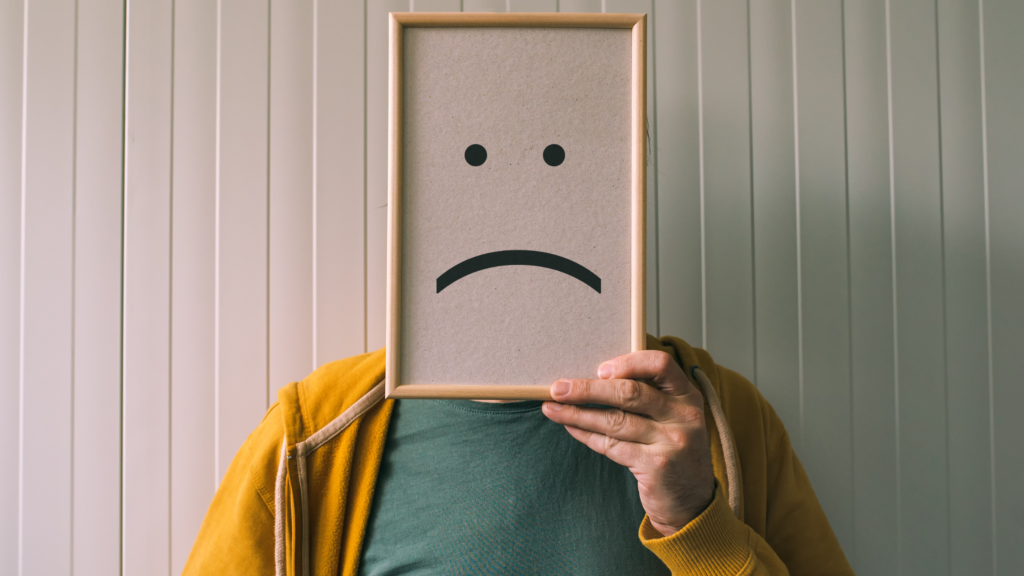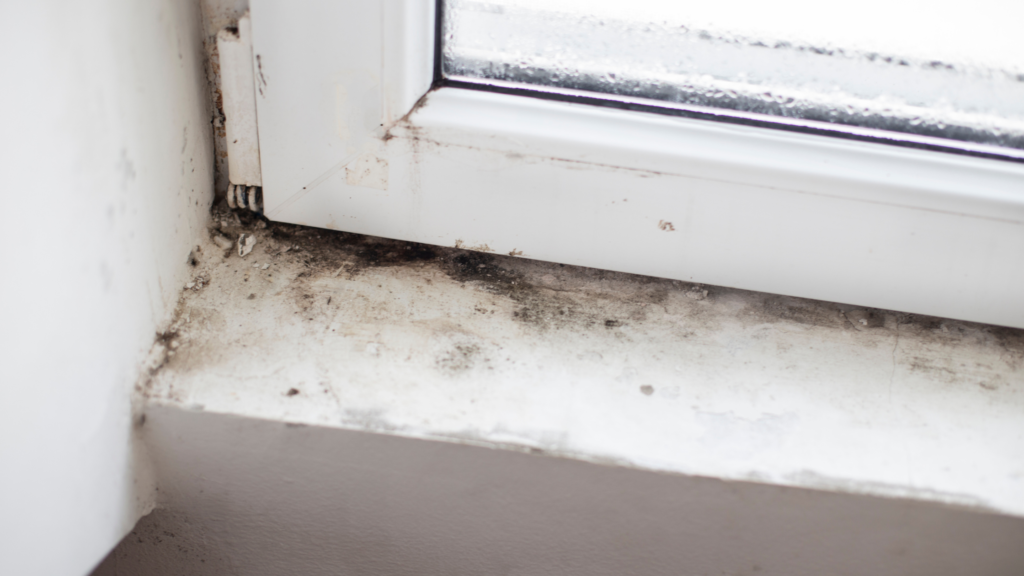
Many people are aware that mold has an adverse effect on our health and wellbeing. In the last few decades, statistics for allergies, asthma, and other respiratory conditions have increased at an alarming rate. But one of the reasons for that increase is that our modern living spaces promote a sterile and closed-off environment (1).
Also, we are cleaning with more harsh chemicals and increasing the amount of moisture and dampness in our homes. In the last two years in particular, since the start of the pandemic, more people are staying at home. This means we are showering, cleaning, and spending more time in our homes thus increasing the amount of moisture in our living space.
Most of us are aware of the danger that mycotoxins from mold can have on our health. Of course, not everyone gets sick from mold. Some people have a genetic sensitivity that predisposes them to mold illness (2). But as of yet, research hasn’t been able to clearly identify who those people are and exactly why they’re so sensitive. Nonetheless, research shows that mold illness has increased exponentially over the last several decades (3).

However, a relatively new phenomenon is that mold exposure may actually contribute to the rise of depression as well. In a study conducted by Edward Shenassa and colleagues, they noticed an increase in depressive symptoms for people living in moldy or damp environments (4). This increase is still relevant even after the researchers controlled for aspects like overcrowding, economic factors, and perceived lack of control over the study participant’s environment.
The study showed that the overall risk for depression for those living in moldy and damp environments was between 34-44% (4). This is a significant number and one that we ought to pay attention to given that depression has sky-rocketed in the last several decades. Although there are many factors that lead to the development of depression, few experts have discussed the connection between mold and depression.
the overall risk for depression for those living in moldy and damp environments was between 34-44% Share on X
Although this may be surprising, it makes sense considering the effect that mold can have on the nervous system and immune system (5,6). Several studies have shown that the mycotoxins produced by mold can cause clinical features similar to several neurologic disorders including pain syndromes, movement disorders, delirium, and dementia. Mold also has an effect on the immune system which has neurological consequences as well (5,7).
Several studies have shown that the mycotoxins produced by mold can cause clinical features similar to several neurologic disorders including pain syndromes, movement disorders, delirium, and dementia Share on XAny substance or pollutant that affects that neurological system will also have an effect on the neuropsychiatry of the individual, thus creating symptoms as seen in depression and anxiety. This is a startling new finding that may help unravel the common and devastating effects of both depression and increasing mold issues in modern environments.
The problem is, there are many factors involved in why a person develops depression as well as why people react to mold exposure. Interestingly, those with more sensitive immune and neurological systems are more likely to get both conditions. But what exactly denotes that sensitivity is still up for debate. More research is needed to control for several factors and thus pinpoint more causative factors.

For instance, those that have more income are more able to clean up mold in their homes. This means they are less likely to be exposed to mold, but also, have more locus of control in creating a better home environment (4). For those without these resources, they are more likely to be exposed to mold. But also, the feeling of lacking control could be a factor in developing depression as well (4).
However, in one study, even mild or moderate mold exposure was still statistically significant even after controlling for the perception of control, other health issues, and the ability to remove mold. The study shows that mold-exposed people are still 28-34% more likely to develop depression. Nonetheless, the researchers feel that income levels need more attention as a variable in the depression and mold exposure link (8).
mold-exposed people are still 28-34% more likely to develop depression Share on XAnother study looked at a comparison between mold-exposed individuals and a control group of unexposed people for factors like central or peripheral nervous system symptoms, fatigue, brain fog, arrhythmias, and multiple chemical sensitivities. The results were highly statistically significant for the study group versus the control group (9).

In terms of central and peripheral nervous system issues, the study group showed that 80% of mold-exposed individuals had symptoms compared to only 11% of the control group. For fatigue and brain fog, the results were 77% and 62% for the study group versus 24% and 11% respectively (9). Since many of these symptoms are present in depression, it makes sense that depression is observed as well.
As of now, researchers can’t say that there is a definite causative link between mold exposure and depression, but the results of these studies show a strong possibility that should be explored with deeper more rigorous research.
https://www.euro.who.int/__data/assets/pdf_file/0017/43325/E92645.pdf
https://www.ncbi.nlm.nih.gov/pmc/articles/PMC1994167/
https://www.ncbi.nlm.nih.gov/pmc/articles/PMC4840461/
https://pubmed.ncbi.nlm.nih.gov/15143854/
https://pubmed.ncbi.nlm.nih.gov/19854819/
https://www.ncbi.nlm.nih.gov/pmc/articles/PMC2072855/
https://www.ncbi.nl
m.nih.gov/pmc/articles/PMC7303478/

Gillian is a former nurse and joined the Homebiotic team as a researcher & science writer. She loves traveling the world and currently lives in Colombia.